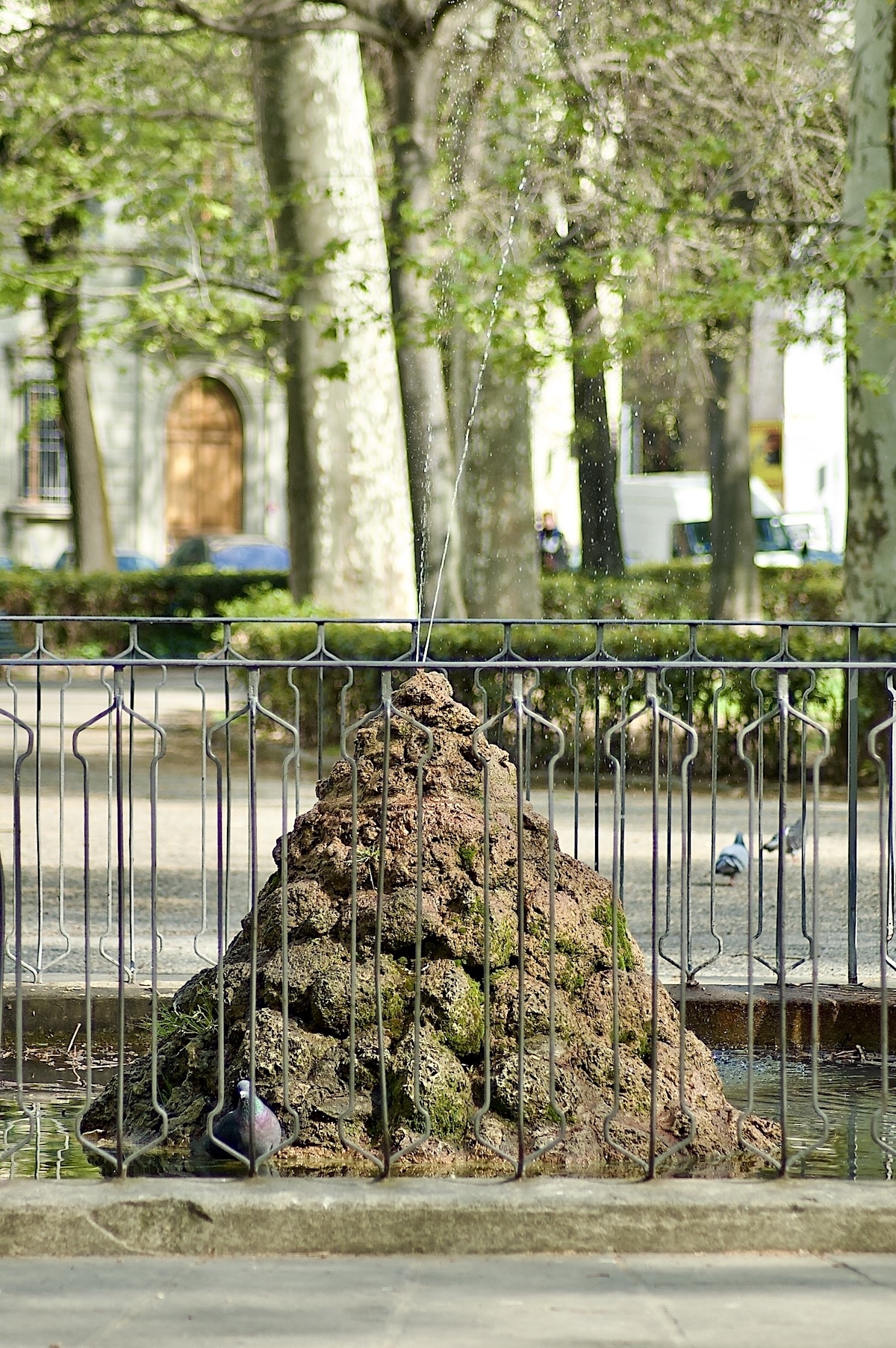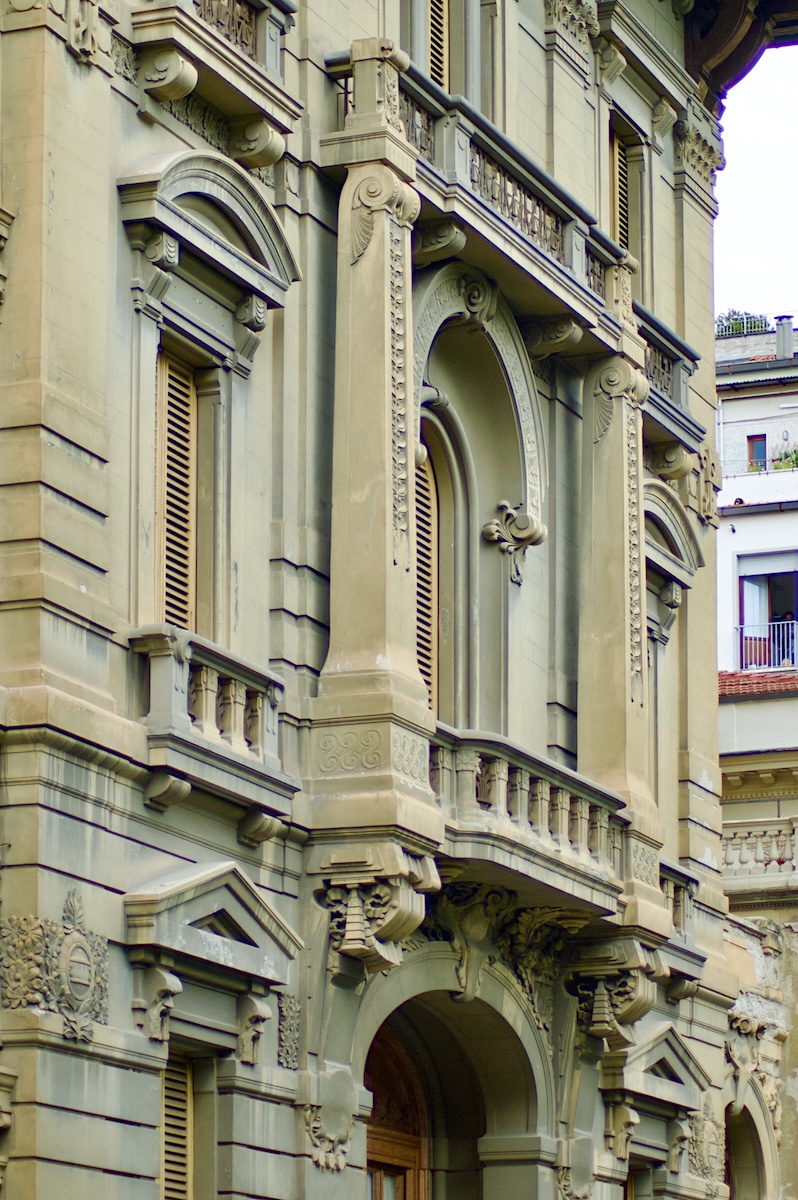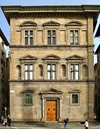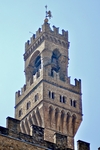Piazza d'Azeglio

Constructed in 1865, this piazza takes its spatial inspiration from English gardens. Up until the First World War the garden was closed by a gate and only owners of the residences surrounding the square had keys to enter. The politician and writer Massimo d'Azeglio died a year before the city council decided to name the square after him in 1866.
The garden in the square is home to a number of pathways and flower beds. Especially impressive are the many hackberry and sycamores trees, as well as the small pool and strange fountain at the center of the piazza. Since the 1990s there has been a progressive removal of diseased trees that have been deemed unsafe because of their age. Additionally, the square contains a playground, a carousel, a dog area, and a small soccer field - it is very popular with young families. At the center of the park, just before Florence became the (former) capital of Italy, a theatre was built and named after Umberto I. The construction was destroyed by a fire in 1889 and never rebuilt.

On one side of the garden lies a small monument in memory of three partisans who died on June 7, 1944: Enrico Bocci, Italo Piccagli and Luigi Morandi. They were all decorated with a gold medal for valor and were killed by fascists who discovered the group in one of the buildings of the square.
This is a neighborhood square surrounded mostly by residences, a school, and some smaller shops and restaurants.
Comments:
Last update:
What's New?
-

Piazza San Marco
Jan 5, 2026
-

Piazza Santa Trìnita
Dec 2, 2025
-

Ceramics Fair (Fiera della Ceramica)
Oct 1, 2025
-

Fra Angelico at Palazzo Strozzi
Sep 4, 2025
Top experiences in and around Florence:
Some links to external websites may be affiliate links (hotel bookings, guide books, activities, etc.). Using these services helps to support our efforts here with no additional costs to the user (you!).
